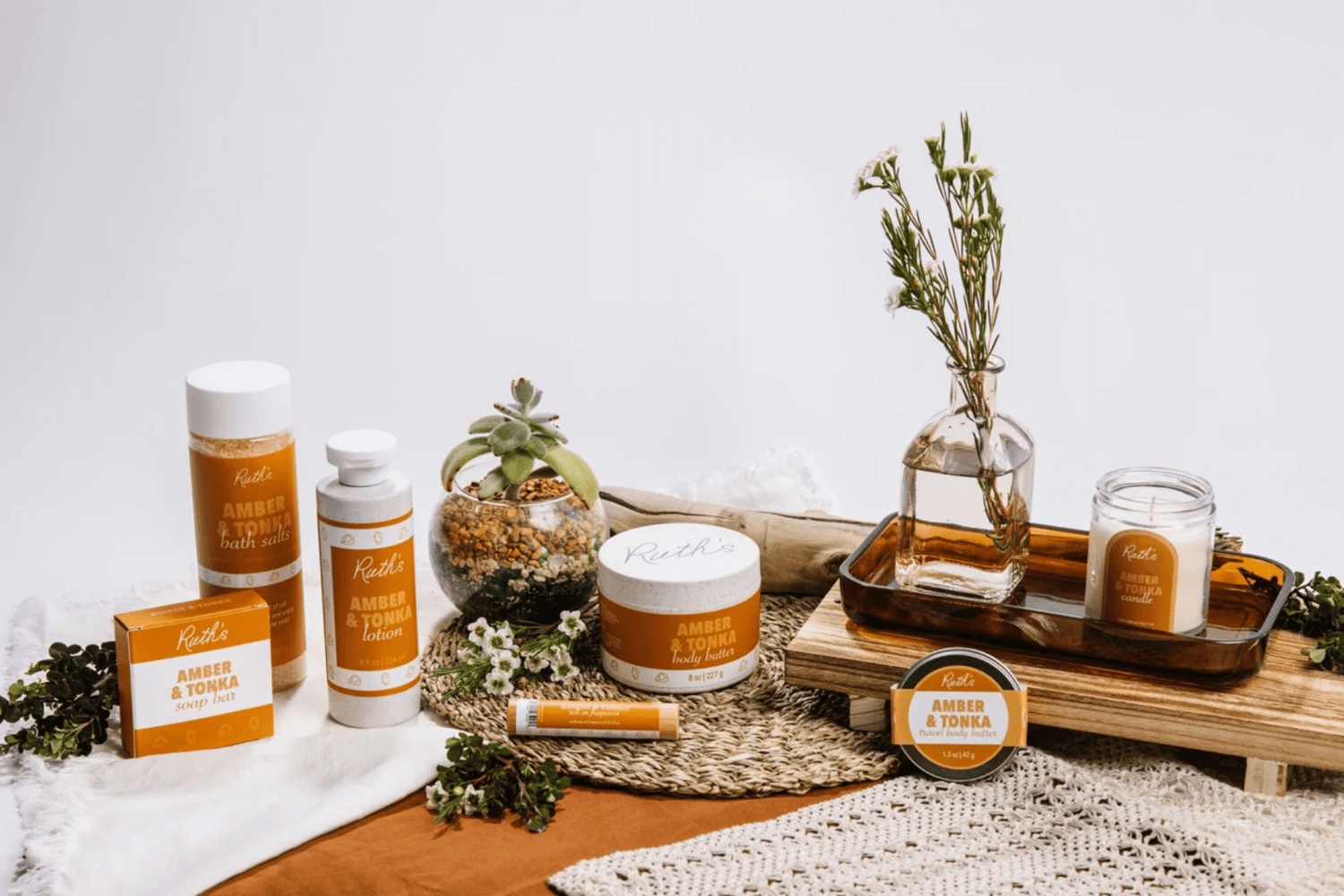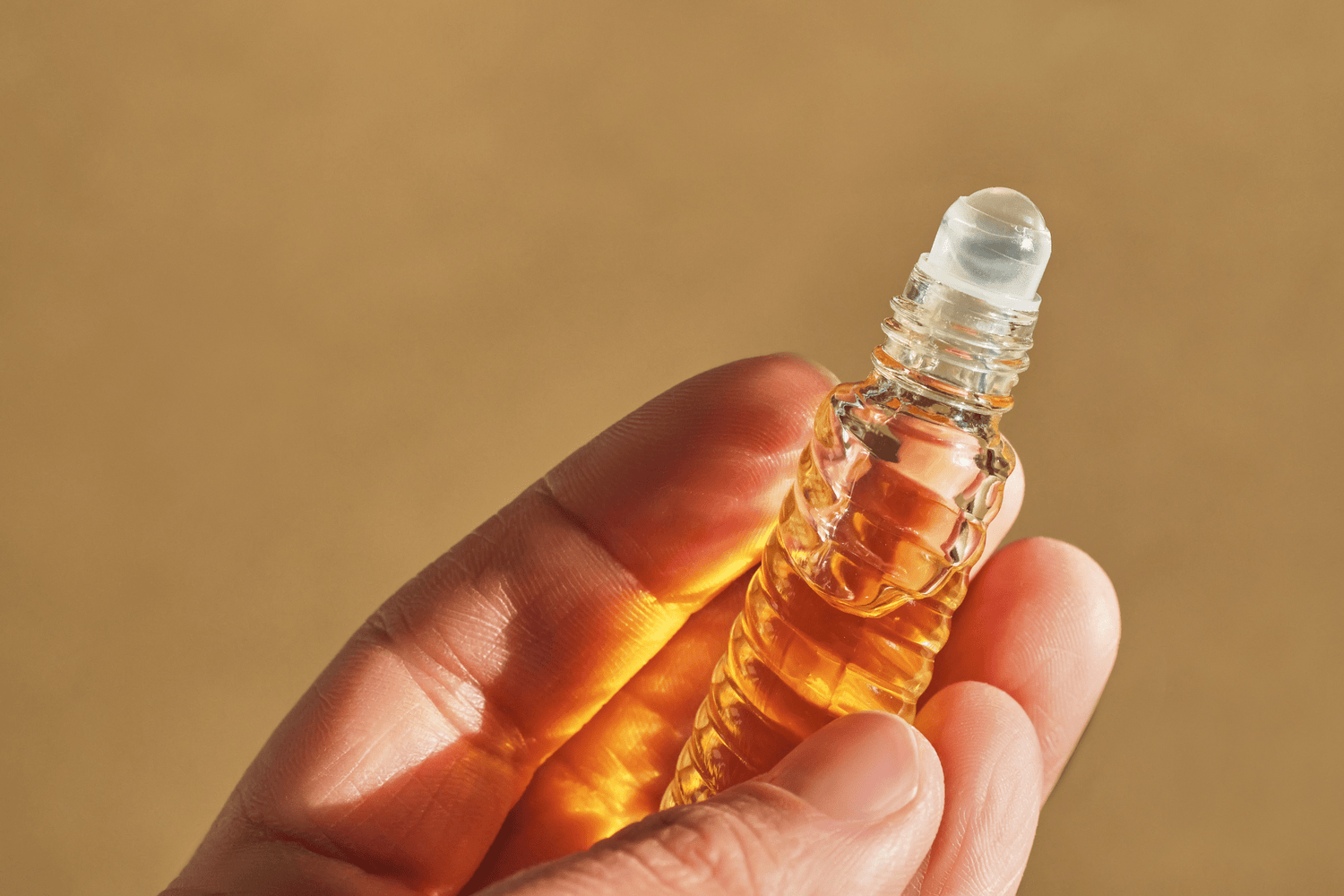You made the cutest candle at the last girls' night and have been burning it on and off this past week. You noticed two days ago that the candle occasionally splutters.
Okay…maybe this is dangerous, why is my candle popping?
What you’re experiencing is normal and the great news is candle popping can be stopped! With the right candle tools and candle care your candle will be good as new in no time.
Reasons Your Candle Pops
A candle that splutters, crackles, and pops isn’t necessarily dangerous, but it is important to assess why your candle is behaving like a box of Rice Krispies. Let’s stop the problem before it gets dangerous, shall we?
Air Bubbles
If air has been trapped inside of the wax from the last burn (maybe you moved the candle while the wax was still firming up) you will hear popping sounds. This is because trapped air bubbles expand as they heat up, which causes them to rise to the surface of the candle.

Once the air bubbles reach the surface they burst, releasing the trapped air and making that pop sound you’ve noticed.
Moisture
This might seem obvious to anyone who’s passed 6th-grade science, but water and flame really don’t get along. If any moisture has gathered on the surface of your candle you are guaranteed to experience a spluttering sound.
Impurities
While we are sure your house is spotless, if dust, dirt or other specks of impurities layer the top of your candle you can bet you’ll be hearing about it—literally.
Dust and dirt combust when in contact with flame. This causes small rapid explosions which sound like—you guessed it—pop pop pop!
Long Wicks
A longer wick will create more flame than necessary in your candle. When the flame is too large for the candle it actually can create an uneven burn that causes pockets of unmelted wax to form. When those pockets finally ignite, it’s like the Fourth of July in your candle.

Long wicks also contribute to the overproduction of carbon soot. This soot will accumulate on the wick and form what is called a mushroom. As the mushroom grows, the carbon bits will fall off into the candle and upon hitting the wax create a popping sound.
How to Prevent Candle Popping
Have you identified the main culprit of your unintentional mini-campfire? Great! Now let’s talk about how to fix it.
Trim your wicks regularly.
A proper wick trimmer is a game changer. It’s best practice to trim your wick before each and every burn. We recommend trimming the wick to about ¼ inch.
Trimming the wick will prevent the carbon mushroom from forming and help your candle reach its maximum burn time.

Clean the surface of your candle.
When you’re ready to light your candle give the surface a gentle wipe with a cloth or towel. Remember dust, water, and dirt do not like to play with fire.
This is also a good time to mention that when you go to blow out your candle you should use a wick dipper. Remember we don’t want any of the burned wick to fall onto the surface of our candle—that leads to fireworks later!
Allow the candle to burn evenly.
The best way to prevent air bubbles from forming is to leave the candle alone while burning (don’t move it, jostle it, etc.) and to allow the candle to burn long enough to melt an even layer.
A good formula for how long a candle should burn is one hour per inch of container diameter.
Use a lid between uses.
This may seem obvious, but a candle care best practice is to put a lid on the candle between uses. This not only keeps the scent lasting longer, but also prevents water, dust, or dirt from accumulating on the surface.
What is the Best Wax for a Non-Noisy Candle?
Soy candles are the best way to guarantee a quiet candle. Why? Soy wax burns cleanly, melts evenly, and has a low moisture content. Soy wax also blends best with fragrances and is a less brittle wax.
Our favorite soy wax candles are:
Looking For A Smooth Candle Burn? Try These Soy Wax Candles
Lavender
Classic and calming French lavender warmed by sophisticated sandalwood and peppercorn.
I’ve Got a Gal
Exuberant notes of sweet mandarin, bergamot, sun-ripened peach, and juicy berries dance in this playful medley inspired by a popular big-band era ditty.
Moroccan Rose
A sensual bouquet of Persian rose, Italian bergamot, and powdery mimosa blossoms; paired with earthy patchouli, fragrant sandalwood, and dreamy notes of amber and tonka.
Why Is My Candle Popping: Frequently Asked Questions
How to fix a crackling candle?
Check that there are no impurities such as dirt, dust, or water on the surface of your candle before burning.
Why are my candles crackling?
Your candle may be making a crackling sound due to a mushrooming wick—a wick that has ballooned with carbon soot. Trim that wick and your candle is as good as new.
Are crackling candles safe?
Yes! Most crackling noises are just symptoms of an imperfection such as air bubbles, impurities, or a too-long wick.
What candles sound like fire crackling?
Woodwick candles are known for their fireplace sound. The wood wick creates an ambiance similar to that of a campfire or fireplace and is perfectly safe.
Is it normal for homemade candles to crackle?
Homemade candles are more likely to make a crackling sound due to a few inconsistencies like improper wax pouring, oil fragrance pooling, and too long of a wick.
To learn how to properly make your own candle, check out Kalamazoo Candle Company’s at-home candle-making kit!
Add to Your Candle Care Toolkit
Candle care is key for long burn times, scent throw, and to prevent popping. Check out Kalamazoo Candle Company for tips and tricks on candle care as well as candle care toolkits.
Happy flickering!




